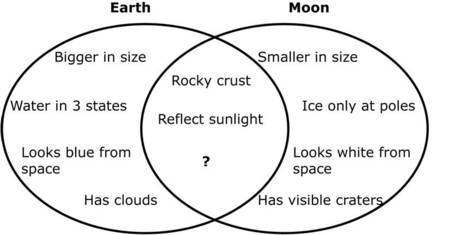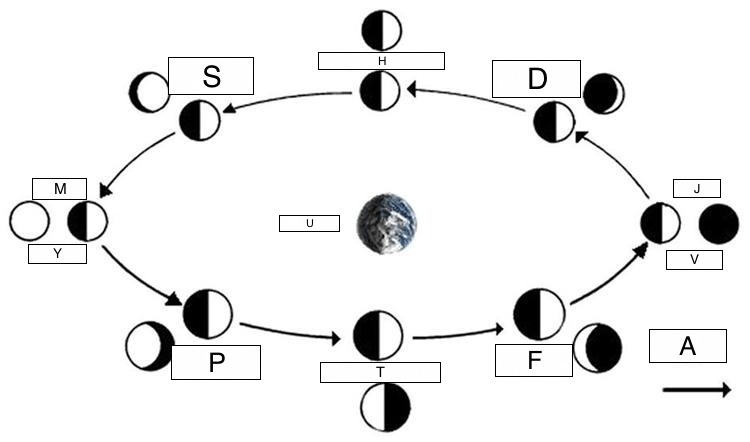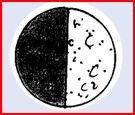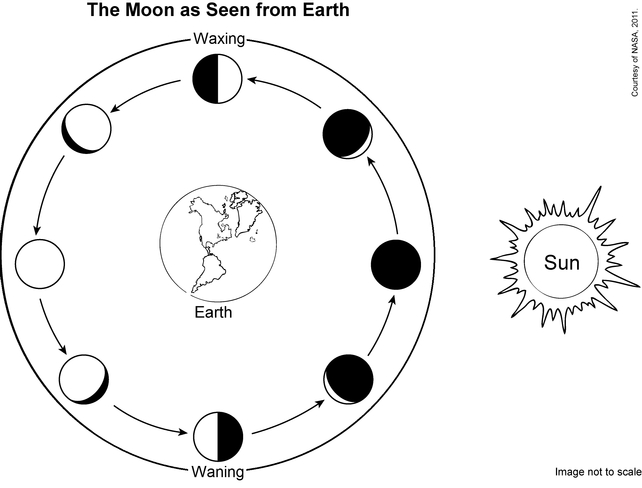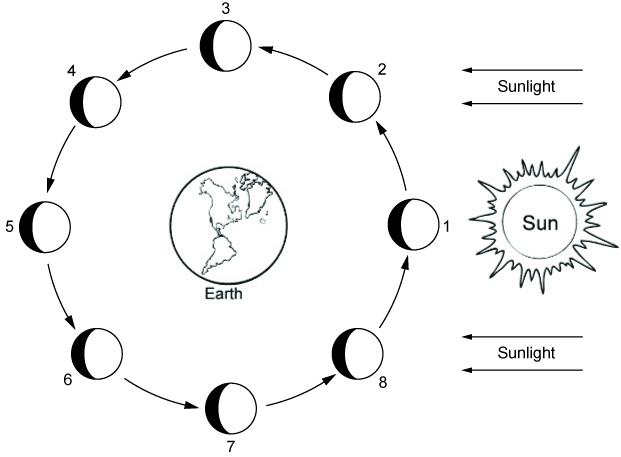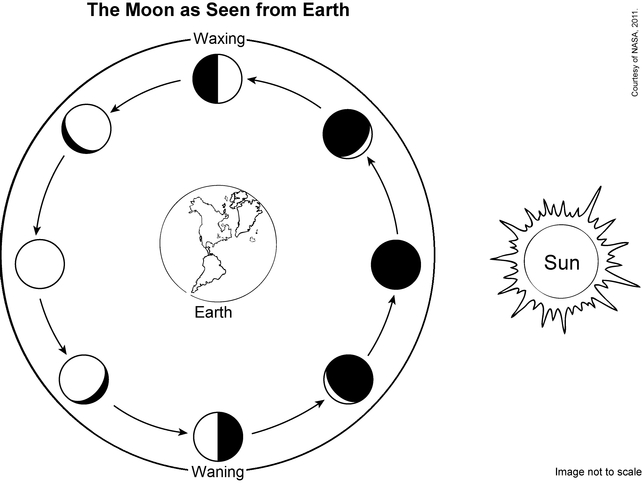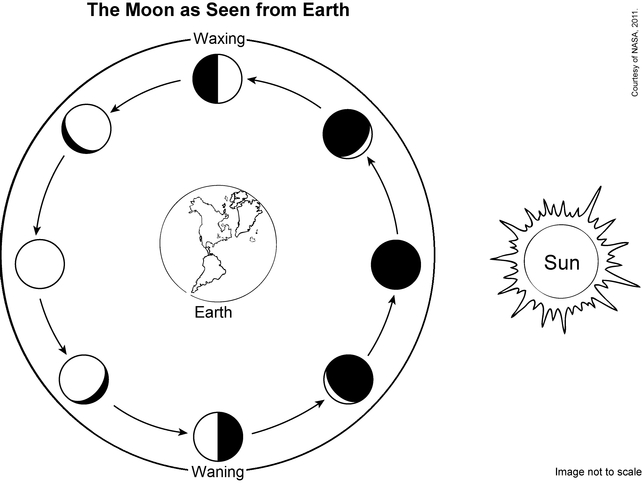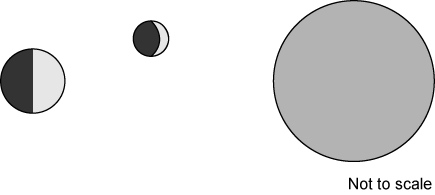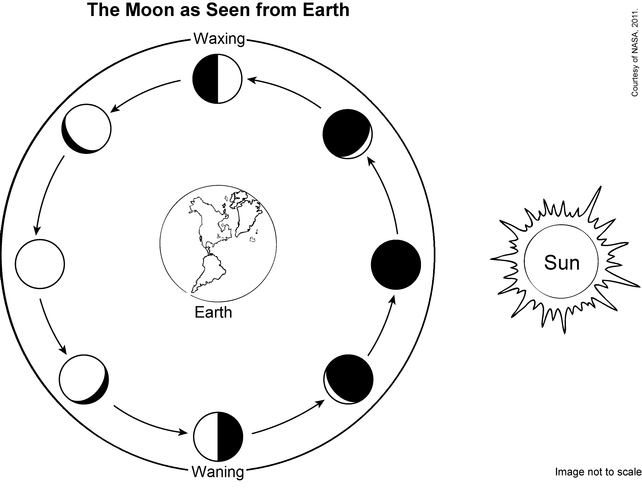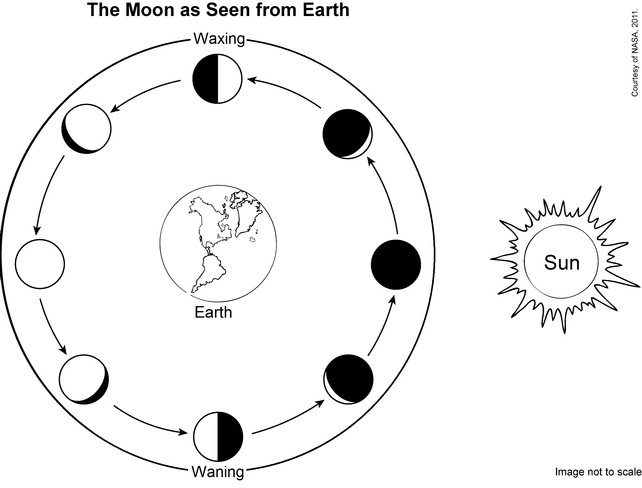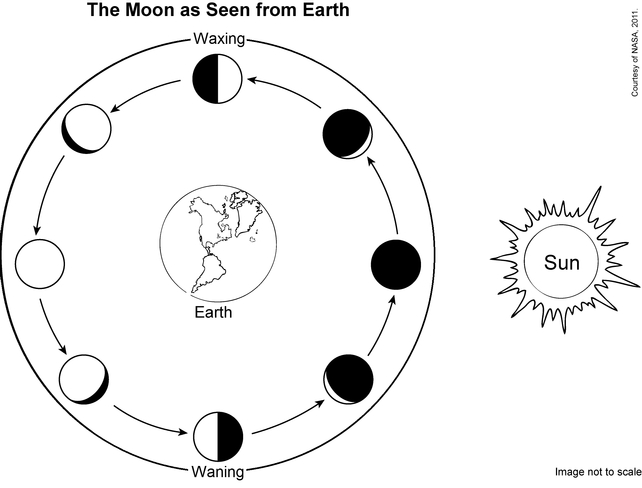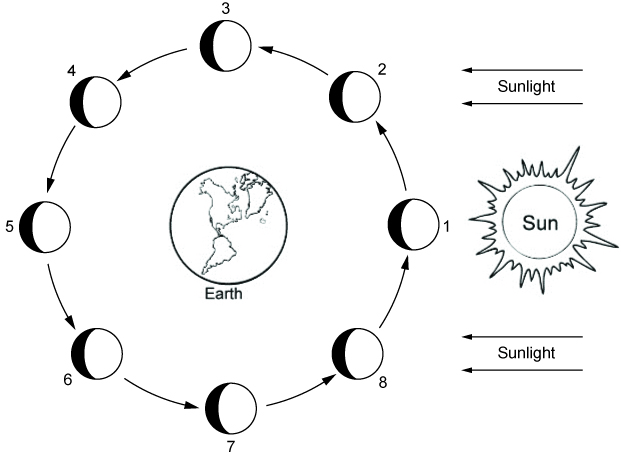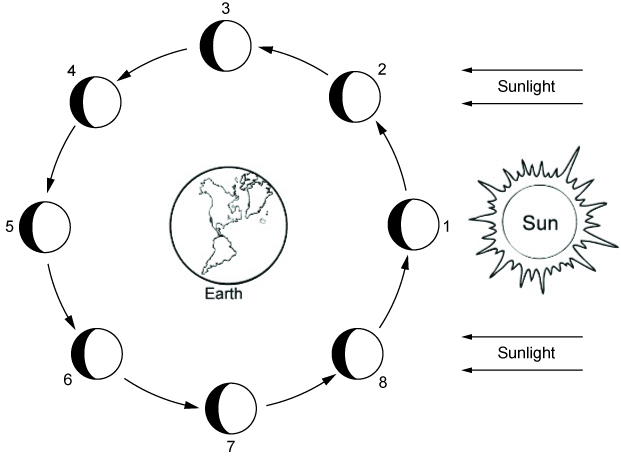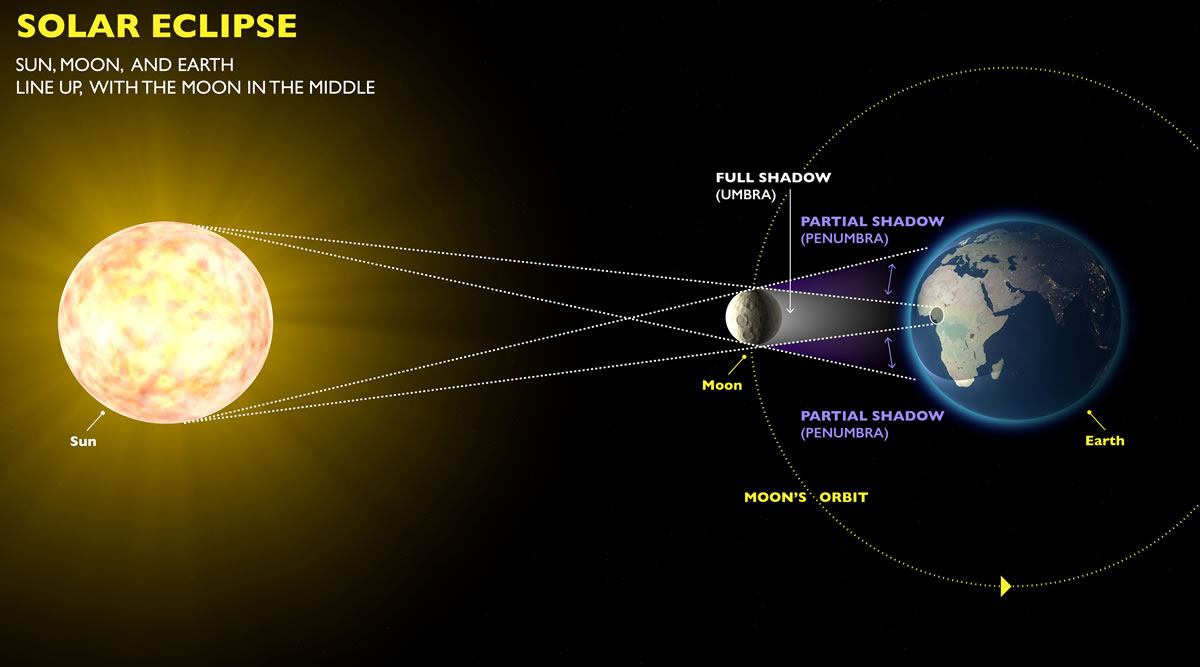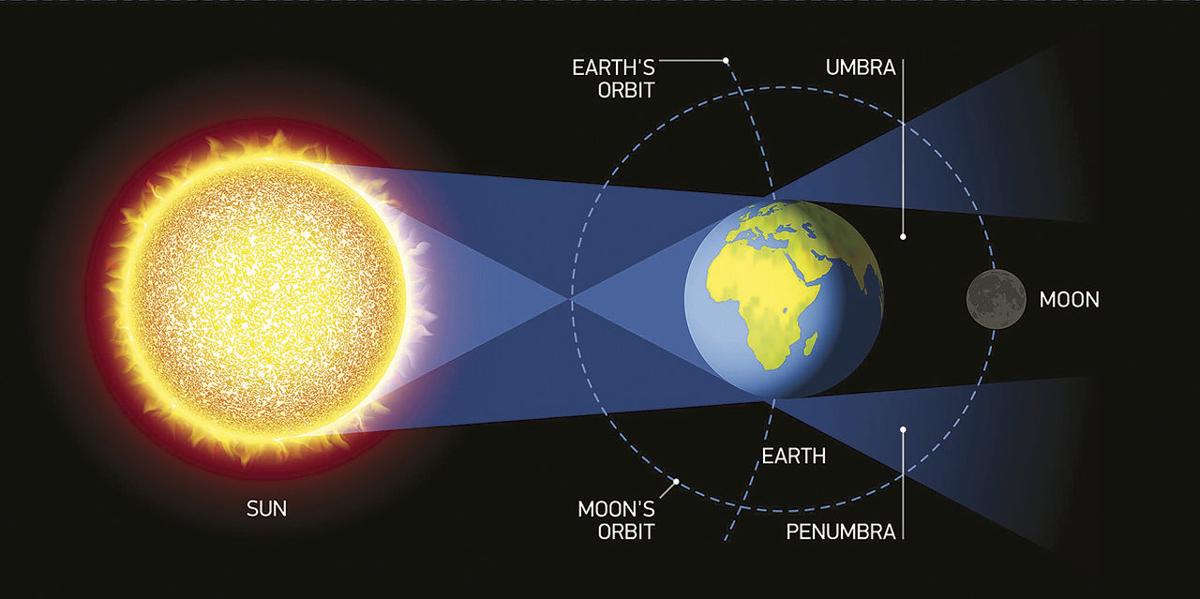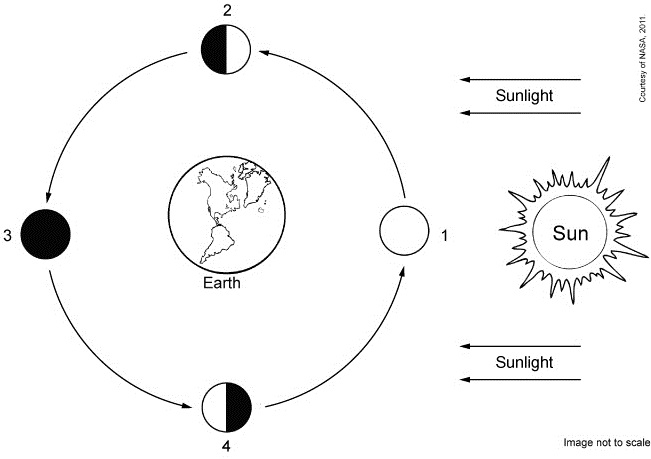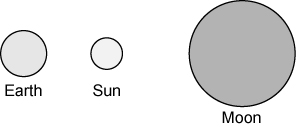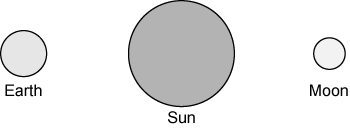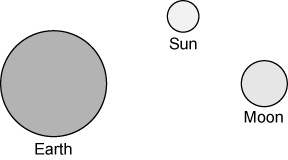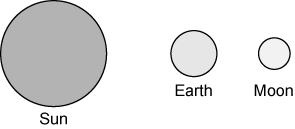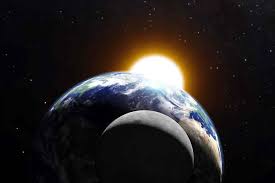
Earth, Sun, and Moon
Assessment
•
Andrea Jones
•
Science
•
6th Grade
•
33 plays
•
Medium
Improve your activity
Higher order questions
Match
•
Reorder
•
Categorization
.svg)
actions
Add similar questions
Add answer explanations
Translate quiz
Tag questions with standards
More options
45 questions
Show answers
1.
Multiple Choice
Which best explains how Earth and the sun cause the seasons?
Earth’s continuous rotation on its axis creates the seasons
The sun’s gravitational pull upon Earth creates the seasons
The sun’s tilt as Earth rotates around it creates the seasons
Earth’s tilt and revolution around the sun create the seasons
2.
Multiple Choice
Which describes the revolution of the moon, Earth, and the sun?
The moon and the sun revolve around Earth
The sun revolves around Earth; both the sun and Earth revolve around the moon
The moon revolves around Earth; both the moon and Earth revolve around the sun
Earth revolves around the moon; both Earth and the moon revolve around the sun
3.
Multiple Choice
Which is most likely the cause of tides on Earth?
gravity
magnetism
solar storms
asteroids
4.
Multiple Choice
Which best explains why the Northern Hemisphere’s temperature is cooler in winter and warmer in summer?
The sun causes more evaporation in summer and less in winter.
The sun is lower in the sky in summer and higher in the sky in winter.
Earth is closer to the sun during summer and farther away during winter.
Earth is tilted on its axis causing some areas to receive more direct sunlight during summer and less during winter.
5.
Multiple Choice
How do the sun, Earth, and moon most likely affect tides?
Earth’s gravitational pull on the sun creates tides.
Earth’s gravitational pull on the moon creates tides.
The sun and moon’s gravitational pull on Earth creates tides.
The sun’s gravitational pull upon the moon creates tides on Earth.
6.
Multiple Choice
Addison sees the Moon in the sky. The Moon is all dark. What does she know about the locations of the Sun, Earth, and the Moon?
The Sun is now closer to Earth than to the Moon.
The Moon is now closer to the Sun than to Earth.
The Sun is now between Earth and the Moon.
The Moon is now between Earth and the Sun.

Explore this activity with a free account
Find a similar activity
Create activity tailored to your needs using
.svg)

Moon Phases
•
8th Grade

Moon Phases
•
4th Grade

Moon & Its Phases
•
3rd - 5th Grade

Solar and Lunar Eclipses
•
6th - 8th Grade

Seasons
•
8th Grade

Moon Phases
•
8th Grade

Eclipses
•
8th - 12th Grade

Space Technology and Tides
•
8th Grade
